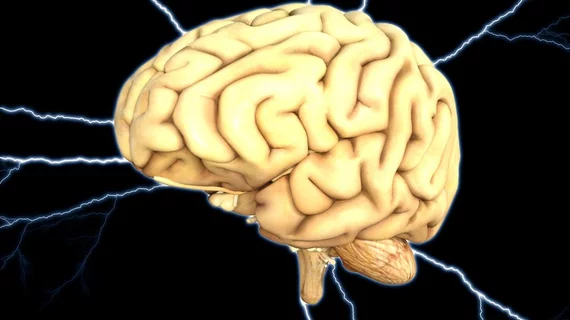Electronic stimulation used to aid TBI recovery in petri dish
Using electronic stimulation, researchers were able to stimulate the recovery of neuron cells grown in a petri dish—a method they hope individuals can use while recovering from traumatic brain injuries (TBIs).
Researchers at the University of Georgia’s Regenerative Bioscience Center successfully reproduced the effects of a traumatic brain injury and stimulated recovery of neuron cells grown in a petri dish, according to a press release.
“This makes them the first known scientific team in the country to do so using stem cell-derived neurons,” the release said. “The procedure, detailed in a new paper in Nature Scientific Reports, has significant implications for the study and treatment of such injuries.”
According to the release, neurons in the body’s central nervous system can’t repair or renew themselves. The team used glutamate to record a concussion and later evaluated the activity, and influenced recovery by electrical stimulation.
“Once the neurons reach a certain level of density in the dish, you begin to see what we call synchronous activity in a very timed manner,” Lohitash Karumbaiah, lead author of the team’s study, said in the release. “Knowing we could recreate synchronized, brain-like activity in a dish gave us the impetus to ask, ‘What if we disrupt this rhythm, and how can we recover from something like that?’”
The team hopes its electrical stimulation approach could be used to treat traumatic brain injuries in a clinical setting. The team also said electrical stimulation devices must be small and efficient and believe their approach can be clinically practical.
“Because we’ve been recording from these neurons for a long time, we know what the magnitude of the pulses or activities of these neurons are,” researcher Charles-Francois Latchoumane said in the release. “Now we can mimic those routines by programming them externally and feeding it back into the brain.”

